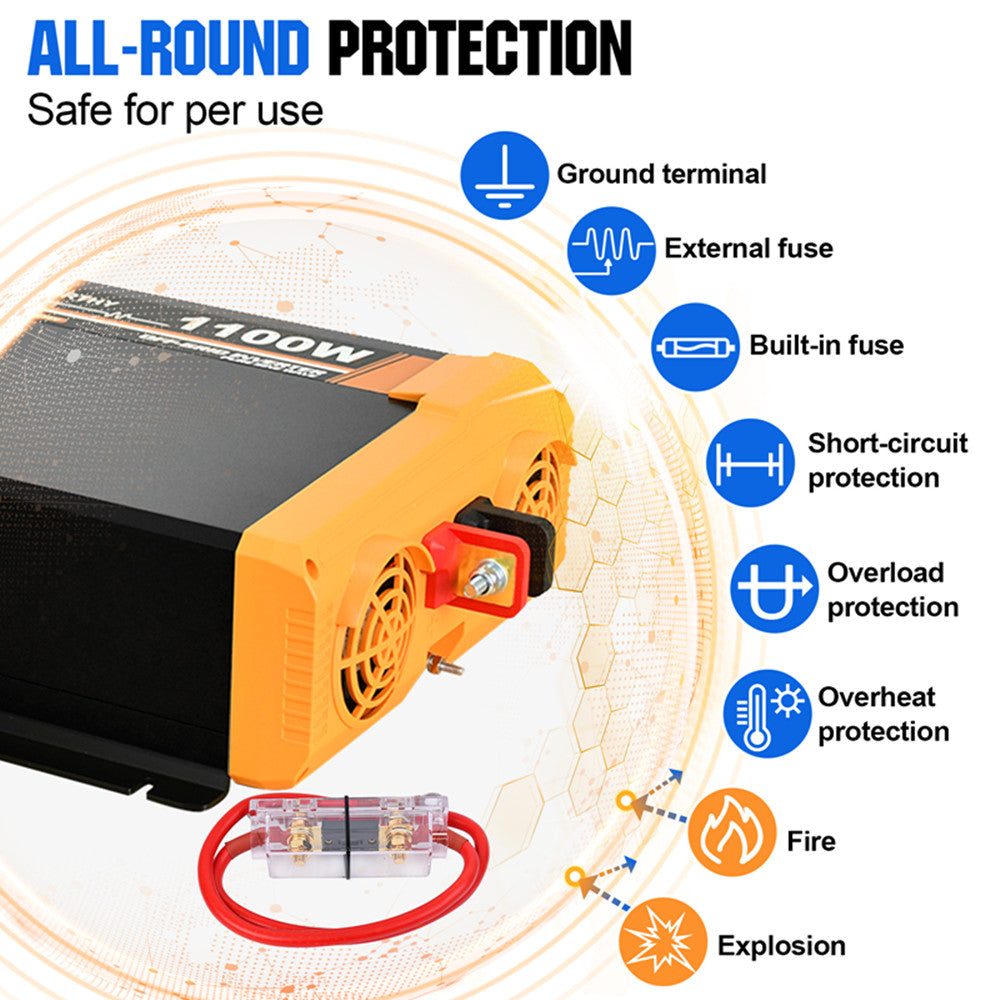The Role of Solar Panel Inverters: How They Convert Sunlight into Usable Energy
الجسم
As the world increasingly turns towards renewable energy, understanding the solar panel inverter becomes crucial. This device plays a pivotal role in transforming the energy harnessed from sunlight into a form that can be used in our homes and businesses. But how exactly does this process work?

What is a Solar Panel Inverter?
A solar panel inverter is an essential component of a solar power system. Its primary function is to convert the direct current (DC) electricity generated by solar panels into alternating current (AC) electricity, which is the standard form of electricity used in most homes. Without this conversion, the energy produced by solar panels would be unusable for everyday appliances.
Types of Solar Panel Inverters
There are several types of solar panel inverters, each serving different needs:
- String Inverters: These are the most common type, connecting multiple solar panels in series.
- Microinverters: These are installed on each solar panel, allowing for individual panel optimisation.
- Power Optimisers: Similar to microinverters, these devices enhance the performance of each panel while still using a string inverter.
How Do Solar Panel Inverters Work?
The operation of a solar panel inverter can be broken down into several key steps:
- Solar panels generate DC electricity when exposed to sunlight.
- The inverter converts this DC electricity into AC electricity.
- The AC electricity is then fed into the electrical grid or used to power home appliances.
This conversion process is vital, as most household appliances, such as refrigerators and televisions, operate on AC electricity. Therefore, without a functioning inverter, the energy produced by solar panels would remain dormant.
Benefits of Using a Solar Panel Inverter
Investing in a quality solar panel inverter offers numerous advantages:
- Efficiency: Modern inverters are designed to maximise energy conversion, ensuring that you get the most out of your solar panels.
- Monitoring: Many inverters come equipped with monitoring systems that allow users to track energy production and consumption.
- Durability: High-quality inverters are built to withstand various environmental conditions, ensuring longevity and reliability.
Conclusion: The Importance of Choosing the Right Solar Panel Inverter
In conclusion, the solar panel inverter is a critical component of any solar energy system. By converting sunlight into usable energy, it enables households and businesses to harness the power of renewable energy effectively. When selecting an inverter, consider factors such as efficiency, type, and monitoring capabilities to ensure optimal performance.
For those looking to explore a range of solar inverters, visit  for more information.
for more information.








تعليقات